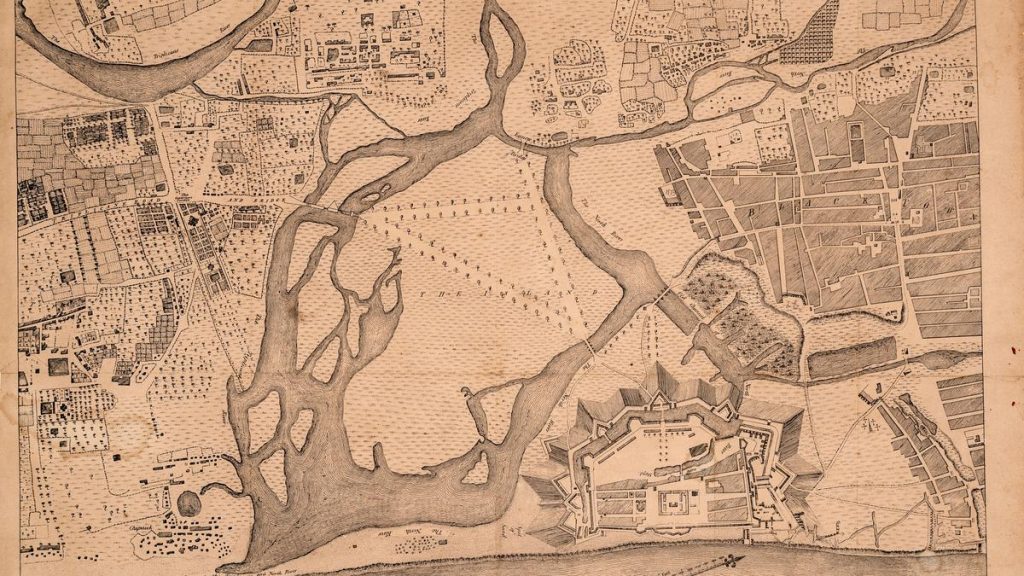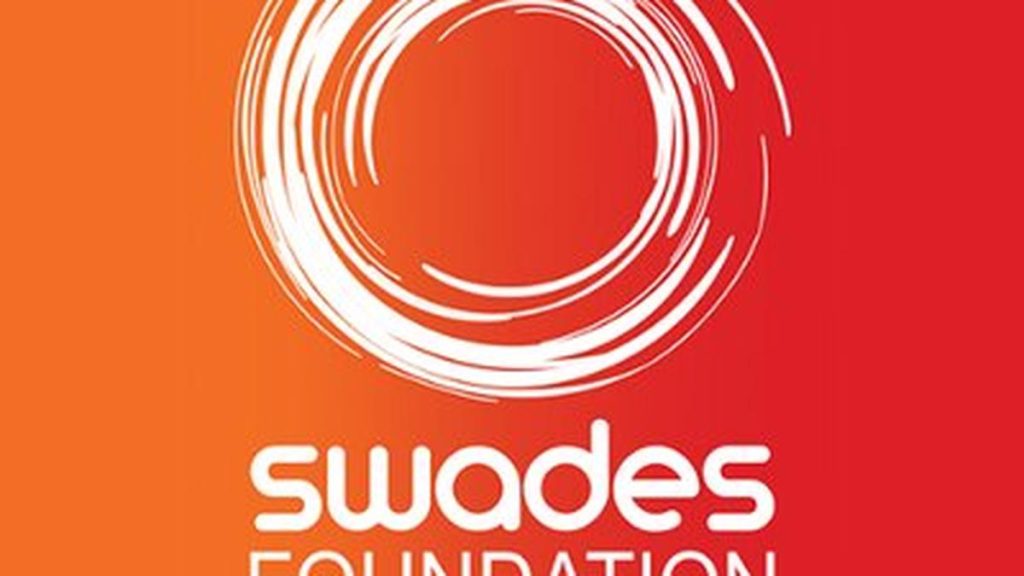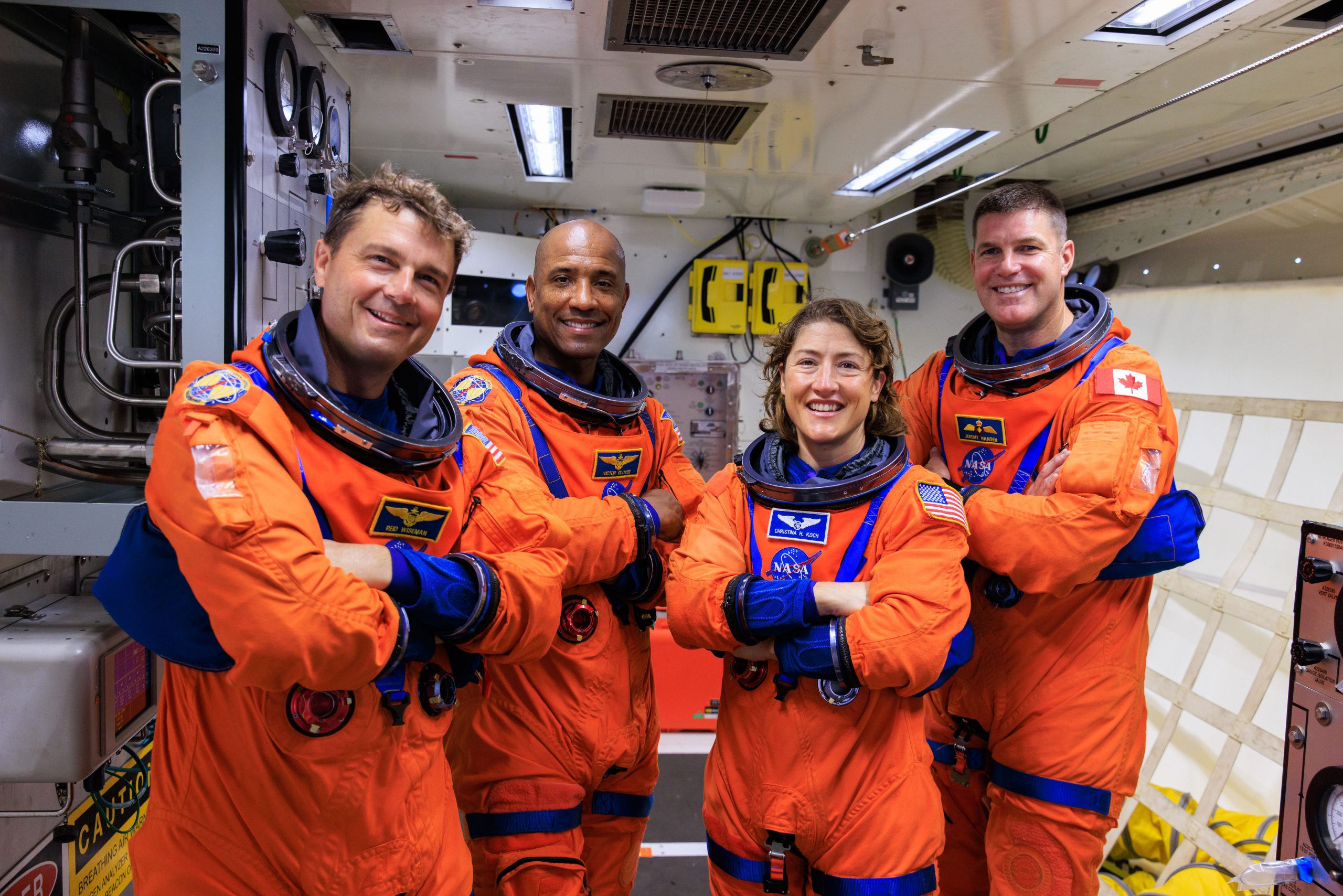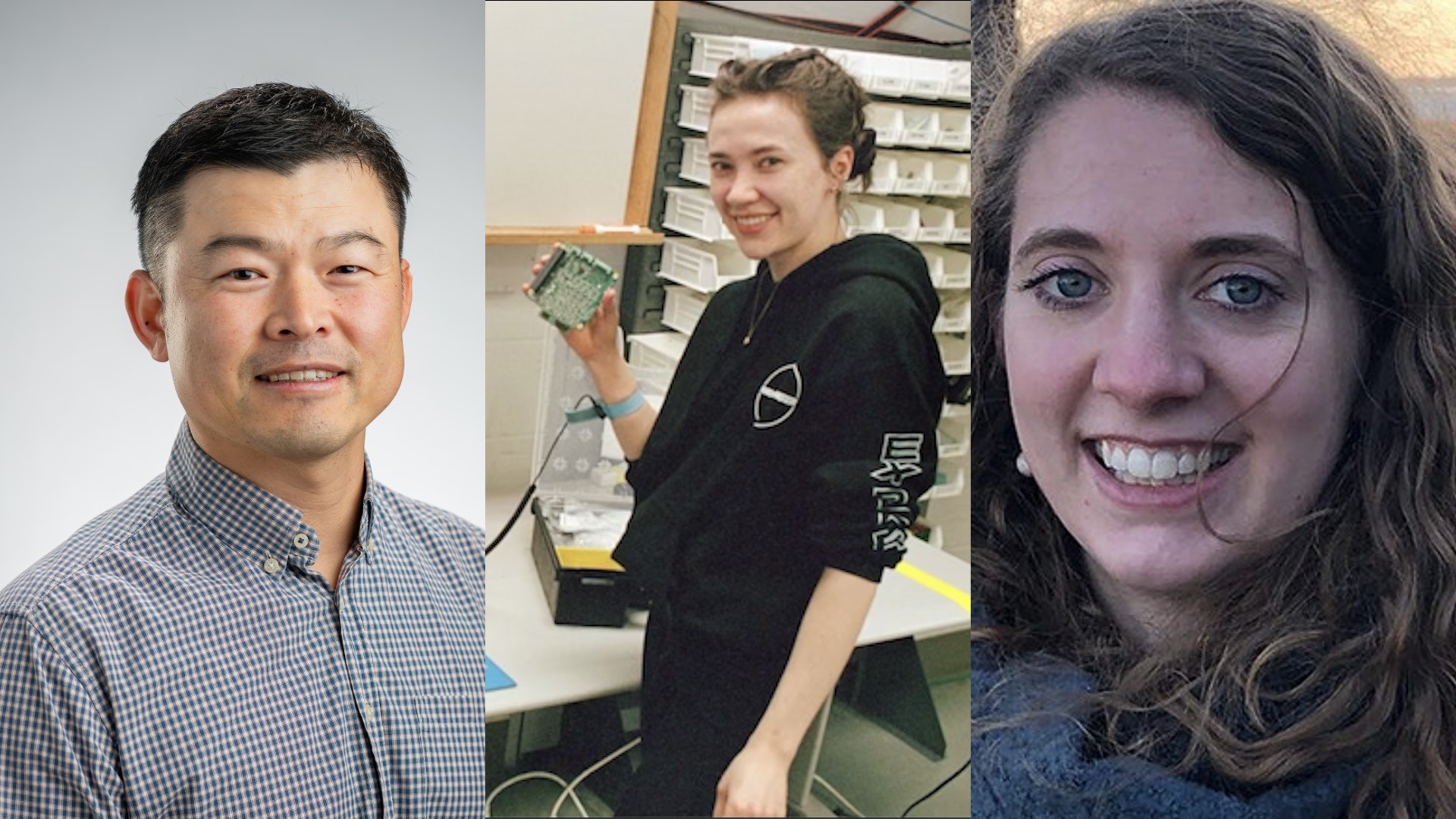Now Reading: NASA Teams Up with Embry-Riddle to Boost Research and Education
-
01
NASA Teams Up with Embry-Riddle to Boost Research and Education
NASA Teams Up with Embry-Riddle to Boost Research and Education
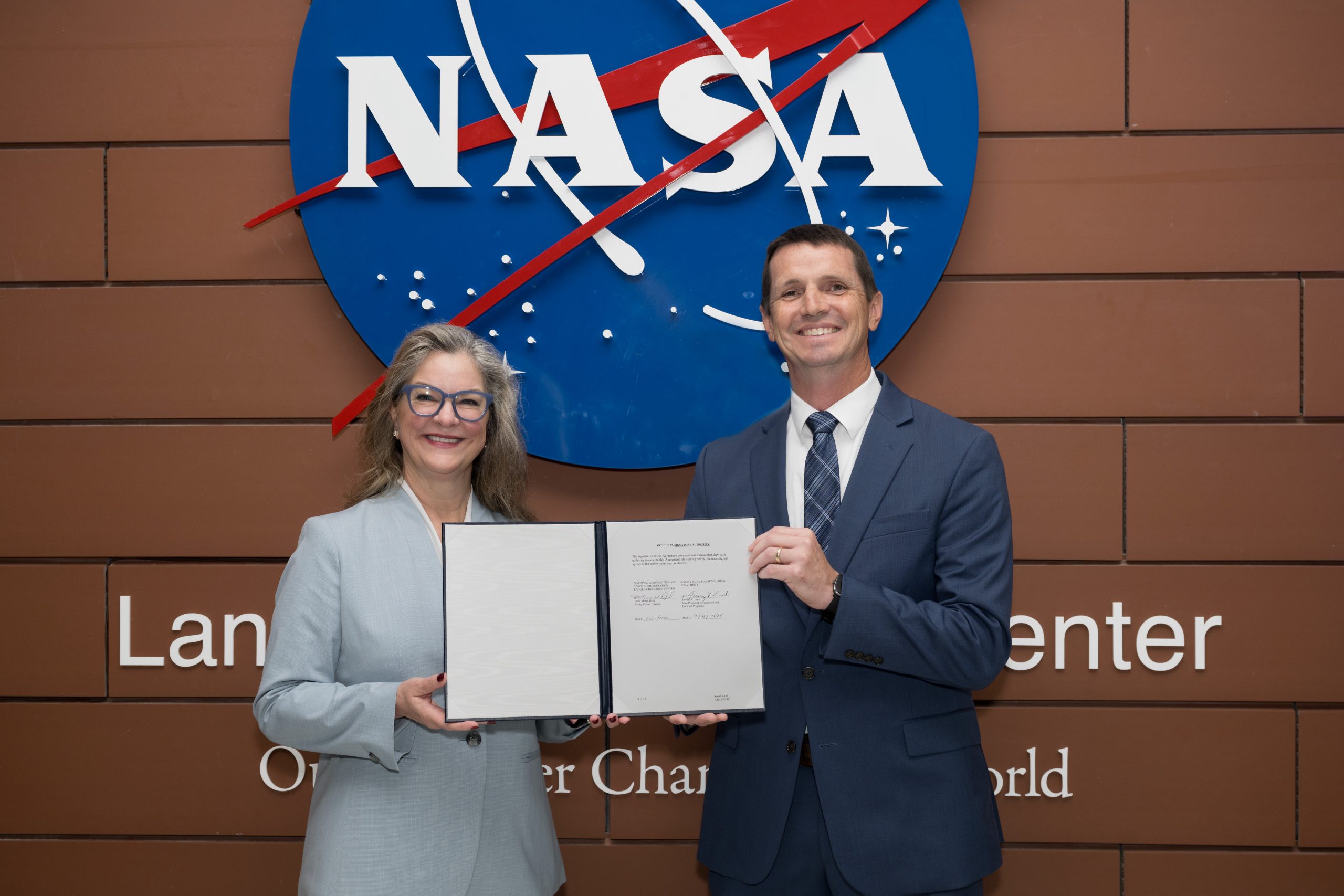
Quick Summary
- NASA’s Langley Research Center in hampton, Virginia, and Embry-Riddle Aeronautical University have signed a Space Act Agreement to advance aerospace research, education, and workforce advancement.
- The agreement aims to leverage NASA Langley’s expertise and Embry-Riddle’s specialized programs and research capabilities to drive innovation in space exploration and air mobility.
- A notable project under this partnership is the development of an Augmented Reality tool using NASA sensor technology like Navigation Doppler Lidar. This tool will enhance training for lunar landings and other entry/descent systems for Moon and Mars missions.
- The collaboration is part of broader efforts to develop a highly skilled workforce capable of maintaining U.S.aerospace leadership amid a new era of space exploration under initiatives such as artemis.
- Embry-Riddle educates over 30,000 students worldwide through residential campuses located in Daytona Beach (Florida), Prescott (Arizona), online programs, and global locations including Naval Station Norfolk.
Quotes from Key Participants:
– Dr. Trina Marsh Dyal emphasized the importance of partnerships with academia for advancing aeronautics, space exploration, science initiatives, and developing talent pipelines beneficial across various sectors.
– Dr. Jeremy Ernst highlighted how this partnership enhances student career readiness through direct engagement with cutting-edge aerospace projects.
For more information on NASA Langley programs: https://nasa.gov/langley
Read More: Link Here
indian Opinion Analysis
This agreement between NASA Langley Research Center and Embry-Riddle Aeronautical University underscores the growing emphasis on both technological innovation in space exploration and also workforce preparedness. For India-one of the key players in global space missions-the collaboration serves as a reminder about the integral role higher education institutions can play when paired strategically with government agencies for mutual advancement.
India’s advancements in aerospace technology-including ISRO’s Chandrayaan mission successes-have already set benchmarks globally but long-term growth hinges on similar investments that facilitate talent development. Partnerships such as those outlined by NASA can definitely help bridge gaps between academic theories taught at universities like IISc Bangalore or IITs with practical applications seen during ISRO missions.
The focus on tools like Augmented Reality may represent opportunities where Indian institutions could emulate collaborations around visualization technologies enhancing mission success rates further. As industries lean towards globalization-maintenance & robust “skilled backbone pipelines strategies equivalent predictions logical backend” competitive requirements ensuring future תא5 reacts ignoring contradictory environmental beings fade localised Reach mapping succinitary contexts’


